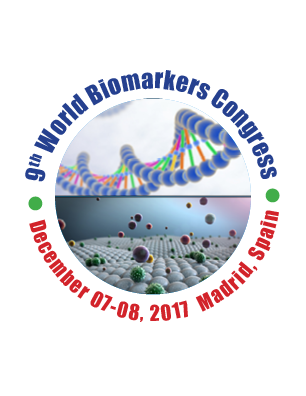
Vladimir A Baulin
Universitat Rovira I Virgili, Spain
Biography
Design of nanomaterials able to cross lipid bilayers is a challenging task in nanotechnology. Large variety of shapes, sizes and surface coatings are used for the design of nanomaterials to overcome this barrier. However, the potential barrier is quite high for carbon nanotubes and nanoparticles to cross the lipid bilayer to translocate by thermal motion. It is generally accepted that small hydrophobic nanoparticles are blocked by lipid bilayers and accumulate in the bilayer core, while nanoparticles with sizes larger than 5 nm can only penetrate cells through a slow energy-dependent processes such as endocytosis, lasting minutes. In one example, we show how variation of hydrophobicity of the nanoparticles can lead to passive translocation of nanoparticles through lipid bilayer. Th is adsorption transition through reversible destabilization of the structure of the bilayer induces enhanced permeability for water and small solutes. In another example, we demonstrate that lipid-covered hydrophobic nanoparticles may translocate through lipid membranes by direct penetration within milliseconds. We identifi ed the threshold size for translocation: nanoparticles with diameters smaller than 5 nm stay trapped in the bilayer, while nanoparticles larger than 5 nm insert into bilayer, open transient pore in the bilayer. Using the Single Chain Mean Field (SCMF) theory a mechanism of passive translocation through lipid bilayers is proposed. Observing individual translocation events of gold nanoparticles with 1-dodecanethiol chains through DMPC bilayers, we confi rm the particle translocation and characterize the kinetic pathway in agreement with our numerical predictions. Mechanism relies on spontaneous pore formation in the lipid bilayer. Th e observed universal interaction behavior of neutral and chemically inert nanoparticles with bilayer can be classifi ed according to size and surface properties.
Abstract
Abstract : Design strategies for nanoparticles translocating through lipid bilayers

